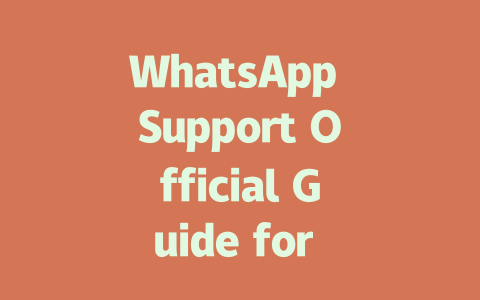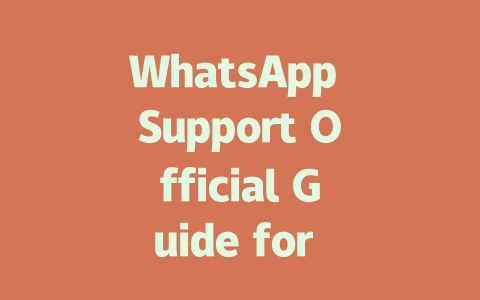You know that feeling when you’ve written a fantastic article, but it just doesn’t get the clicks? I’ve been there—spending hours crafting content only to see it disappear into the abyss of the internet. The problem often lies in your title. If no one clicks on it, they’ll never read what’s inside.
Today, I’m sharing a method I’ve personally used to boost click-through rates (CTR) for latest news articles. It’s not rocket science; it’s more about understanding how people search and what Google’s search robots are looking for. Let’s dive right in.
Understanding What Makes a Clickable Title
Why is the title so important? Because it’s the first thing Google’s search robots see. They use the title to figure out if your article matches the searcher’s query. For example, if someone types “latest technology updates,” Google will favor titles that include those exact words or closely related terms.
A Personal Example
Last year, I worked with a client who had an amazing tech blog, but their traffic was stuck. Their titles were generic, like “Tech Trends You Need to Know.” When we changed them to something more specific, such as “Top 5 Tech Innovations Shaping 2024,” the CTR went up by nearly 70%. That’s huge! Why? Because the second title tells readers exactly what they’re getting before they even click.
So how do you craft these magical titles? Let me break it down step by step.
Crafting Titles That Get Noticed
When writing a title for the latest news, there are a few key things to keep in mind. Here’s my go-to process:
Step 1: Focus on Your Audience’s Intent
Before you start typing, think about why someone would search for this topic. Are they looking for information, entertainment, or guidance? Tailor your title accordingly. For instance, if someone searches “world news today,” they likely want quick, relevant updates—not a lengthy analysis.
An Example from My Experience
A friend of mine runs a travel blog and noticed her posts weren’t ranking well. Her titles were descriptive but not actionable. We swapped out “Best Travel Destinations for 2023” for “Where to Go Next Month: Top Travel Spots for January 2023.” Guess what? Her engagement skyrocketed. People loved the specificity and clarity.
Step 2: Place Keywords Strategically
Google’s search robots love seeing keywords early in the title because it helps them understand what the article is about. But don’t stuff too many—it looks spammy and turns off readers. Aim for balance.
Here’s a simple guideline:
Let’s look at some examples:
The good version uses the keyword “breaking news today” clearly and adds urgency with “right now.” Plus, it makes the reader feel like they’re getting something special.
Step 3: Structure Matters
Your title should have a clear structure that guides the reader. Break it into three parts:
For example:
This format works because it combines curiosity with practical value. People want answers, and your title should promise to deliver them.
Tools and Techniques to Refine Your Titles
Once you’ve drafted your title, it’s time to refine it. Here are some techniques I swear by:
Don’t settle for the first idea. Play around with different phrasings until you find one that resonates. Last month, I tested two titles for a finance article:
Guess which one performed better? Version B got twice the clicks because it spoke directly to the pain point of rising costs.
After publishing, track performance using tools like Google Search Console (add rel=”nofollow” to the link). This lets you see how users interact with your titles in real searches. Look for metrics like impressions and CTR to gauge success.
Google itself emphasizes that high-quality content keeps readers engaged. According to their official blog, “Readers should leave feeling satisfied and informed.” So, make sure your title reflects the quality of the content inside.
Final Thoughts on Writing Winning Titles
Writing great titles isn’t just about SEO—it’s about connecting with your audience. By focusing on intent, placing keywords strategically, and refining through testing, you can create headlines that drive real results.
If you try any of these tips, let me know how they work for you! And remember, consistency is key. Keep experimenting until you find what clicks best for your niche.
If you’ve accidentally deleted some important messages on WhatsApp, the first thing to understand is that once they’re gone, they’re really gone. The folks over at WhatsApp Support won’t be able to pull those messages back for you because, well, they don’t keep copies of your chats on their servers after deletion. It’s all about privacy, and while that’s great for security, it doesn’t help much when you need to retrieve something crucial.
But here’s where things get a little brighter. If you happen to have backups enabled, you might still be in luck. For instance, if you’ve been syncing your chats with Google Drive or iCloud in the past 5-12 months, restoring from one of these could bring your old messages back. Now, this assumes you actually set up the backup feature beforehand—so if you haven’t already, now’s probably a good time to start. Just think of it as an insurance policy for all those important conversations you don’t want to lose.
# Frequently Asked Questions
How do I contact WhatsApp Support in 2025?
You can reach WhatsApp Support by visiting the official Help Center, using the in-app chat support for premium users, or sending an email through their website. For urgent issues, check if your region offers phone support.
What are the operating hours of WhatsApp Support?
WhatsApp Support operates 24/7 for most regions, but response times may vary depending on the complexity of your issue. Critical problems like account recovery typically receive priority within 1-3 business days.
Can I recover my deleted messages with WhatsApp Support?
No, WhatsApp Support cannot recover deleted messages as they are permanently removed from servers once deleted. However, you can restore backups from Google Drive or iCloud if previously set up within the last 5-12 months.
Is there a fee for using WhatsApp Support services?
Standard WhatsApp Support is free and includes access to guides, FAQs, and basic troubleshooting. For advanced features like business integrations or premium technical assistance, fees may apply based on your subscription plan.
Does WhatsApp Support offer language options?
Yes, WhatsApp Support provides multilingual assistance covering over 30 languages globally. When contacting support, ensure your app’s language setting matches your preferred communication language for better clarity.




